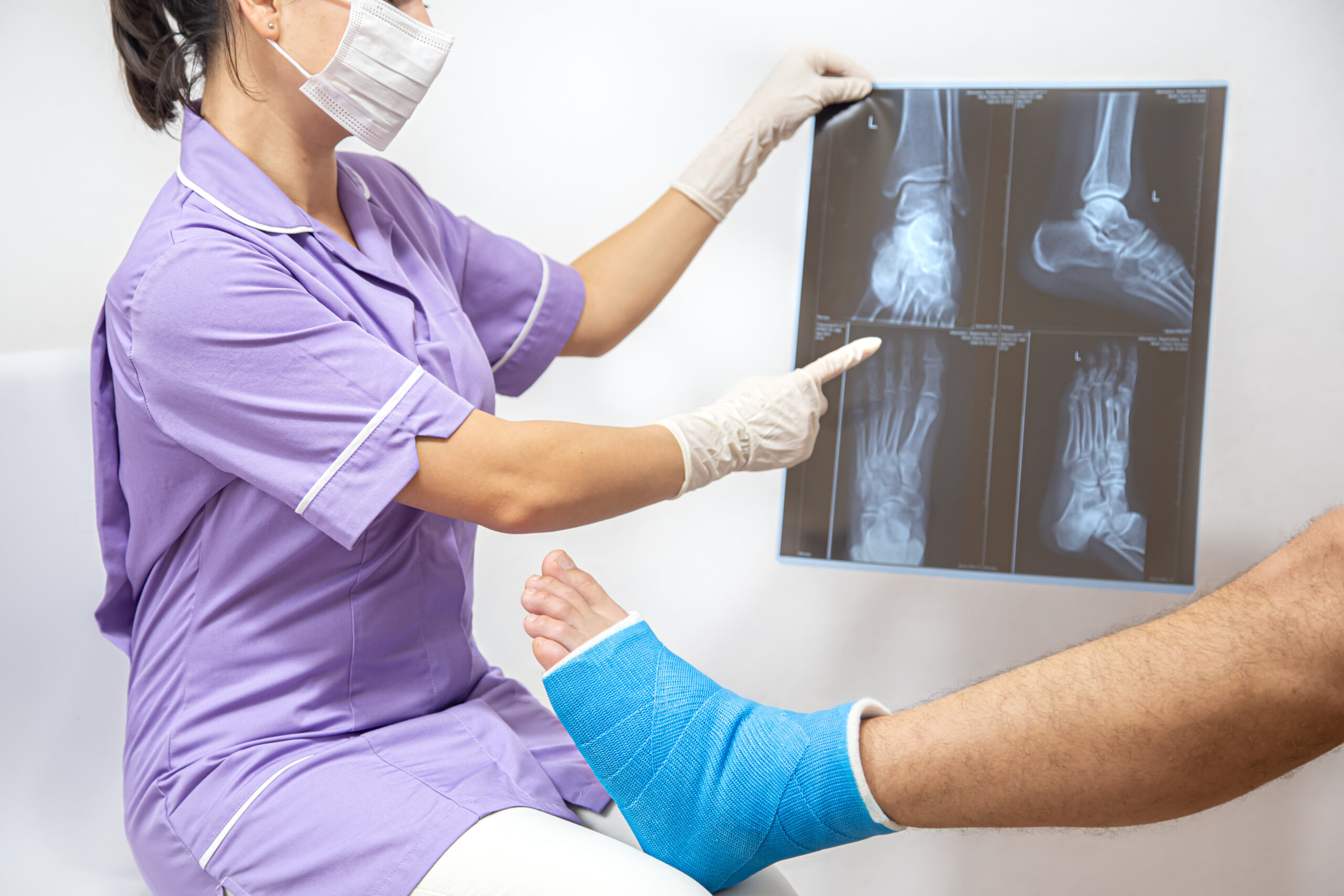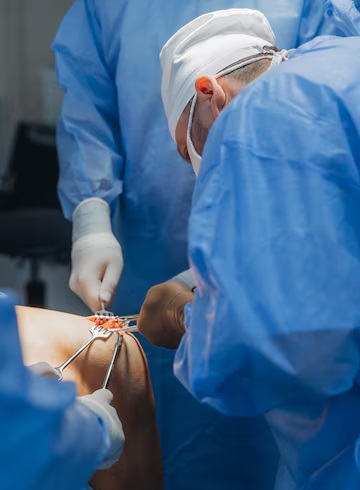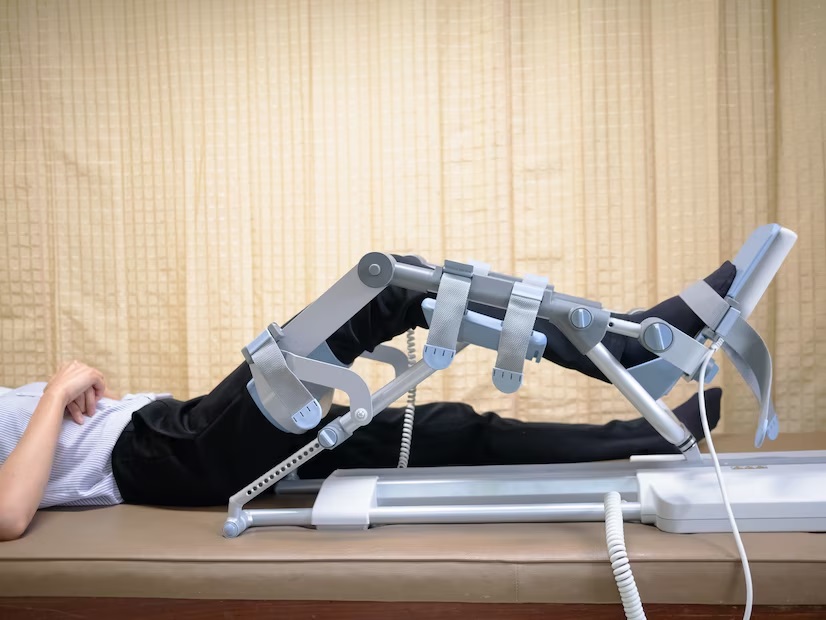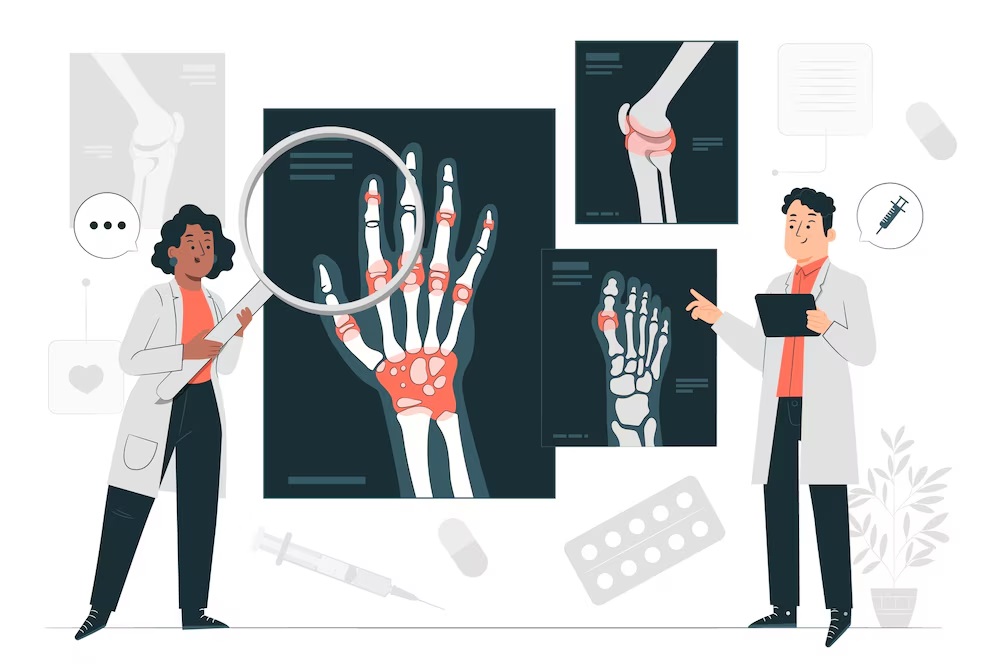3D printing and bioprinting technologies are bringing in a new era of innovation and individualized care in the field of orthopedic therapy or robotic knee replacement in Thane. Modern orthopedic technologies are providing previously unheard-of levels of accuracy, personalization, and efficiency in patient care, revolutionizing the diagnosis, treatment, and management of orthopedic disorders. As you know Team Ortho Robotics is one of the leading names in the sector of revelatory treatments hence after reading the article you will get to read their treatments more.Let’s examine the ways in which orthopaedic therapies are being revolutionized by 3D printing and bioprinting.
Advancements in Orthopedic Care
Traditional vs. Modern Approaches: A comparison of traditional orthopedic treatments with modern 3D printing and bioprinting techniques highlights the significant advancements in precision, customization, and patient outcomes. These technologies enable orthopedic specialists to create patient-specific implants, prosthetics, and surgical guides with unparalleled accuracy and fit.
3D Printing in Orthopedics: Robotic Knee Replace With Team Ortho
The convergence of 3D printing and bioprinting technologies is revolutionizing orthopedic treatments in robotic knee replacement in Thane are offering personalized solutions, enhanced surgical precision, and regenerative therapies. From custom implants to tissue-engineered constructs, these technologies hold the potential to reshape the landscape of orthopedic care, providing patients with tailored interventions and improved outcomes. Embracing the advancements in 3D printing and bioprinting is key to unlocking the full potential of orthopedic treatments and ushering in a new era of precision medicine in orthopedics. At last if you have any doubts then feel free to reach out to Team Ortho Robotics and they will help you out.
FAQs
How does 3D printing revolutionize orthopedic treatments?
3D printing offers customization and personalization, allowing orthopedic devices to be tailored to individual patient anatomy. This precision enhances the fit and functionality of implants and prosthetics, leading to better treatment outcomes and patient satisfaction.
What are the advantages of 3D-printed orthopedic implants?
3D-printed orthopedic implants can be designed to mimic the natural anatomy of the patient, resulting in improved integration with bone tissue, reduced risk of implant rejection, and enhanced long-term stability. Additionally, the manufacturing process enables rapid prototyping and customization, reducing lead times and costs.
What role does bioprinting play in orthopedic treatments?
Bioprinting is a subset of 3D printing that involves the deposition of living cells, biomaterials, and growth factors to create tissue-like structures. In orthopedics, bioprinting holds promise for fabricating cartilage, bone, and other musculoskeletal tissues for transplantation and regenerative medicine applications.
How does bioprinting contribute to the advancement of orthopedic care?
Bioprinting enables the creation of complex tissue constructs with precise control over architecture and composition, mimicking the native tissue environment. This technology offers the potential to regenerate damaged or degenerated tissues, accelerate healing, and provide alternatives to traditional orthopedic interventions such as joint replacement.
What are the current challenges and limitations of 3D printing and bioprinting in orthopedics?
Challenges include optimizing material properties for biocompatibility and mechanical strength, scaling up production for commercialization, regulatory approval processes, and ensuring long-term functionality and integration of 3D-printed and bioprinted implants within the body.










